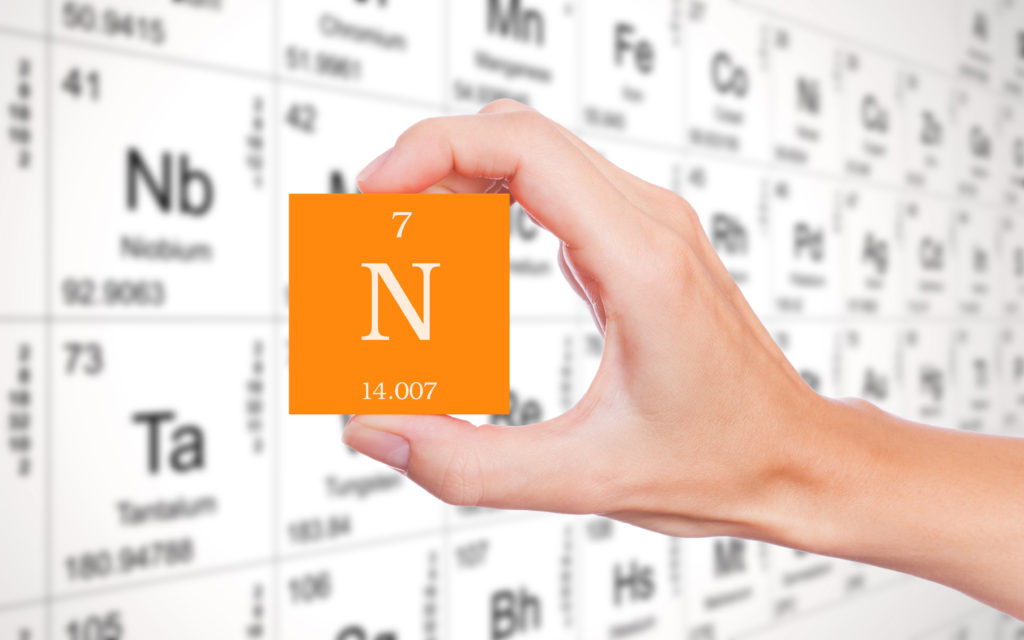
Required changes in nitrogen inputs and nitrogen use efficiencies to reconcile agricultural productivity with water and air. Quality objectives in the EU-27
Nitrogen (N) losses to air, ground water and surface water in response to agricultural N inputs affect air and water quality. Agricultural N inputs in this article are defined as mineral N fertilisers, N manure and biosolids and biological N fixation. Using a spatially explicit N balance model, we assessed where agricultural N losses within THE EU-27 currently lead to an exceedance of critical ammonia (NH3) emissions in relation to adverse impacts on terrestrial ecosystems, critical N concentrations in runoff to surface water in relation to eutrophication impacts and critical nitrate
(NO3) concentrations in groundwater in relation to drinking water quality. We then calculated the N inputs at which critical N emissions or concentrations are just not exceeded (‘critical’ N inputs). We also assessed required N inputs in order to achieve target yields, defined as 80% of the water-limited yield potential at actual N use efficiency. Actual, critical and required N inputs were calculated for c.40,000 unique soil-slope-climate combinations throughout the European Union. When actual or required N inputs exceeded critical inputs, we calculated the necessary reduction in
ammonia emission fractions and necessary increase in NUE to attain actual or target yield while simultaneously reaching air and water quality goals. The ammonia emission fraction referred to the ratio of the total NH3-N emissions, divided by the total N excretion by livestock. Results show that required N inputs at the EU-27 level are on average 27% higher than actual inputs. Average critical N inputs are 31% and 43% lower than actual N inputs in relation to critical NH3 emissions and critical N runoff to surface water, respectively, but 1% higher in relation to critical NO3 leaching to groundwater. The risk for surface water is, however, likely overestimated, since calculated N concentrations in runoff to surface water appear to be higher than concentrations in surface water. An overall reduction in N inputs of 30% to protect air and water quality seems a reasonable average estimate. Critical inputs are most strongly exceeded in regions with high actual N inputs, such as Ireland, the Netherlands, Belgium and Luxembourg, Brittany in France and the Po valley in Italy. The actual N use efficiency (NUE) for all agricultural land, averaged over the EU-27 is 61%. This value has to increase on average to 72% to protect surface water quality at actual crop yields and to 74% at target crop yields. Opportunities thus exist to reduce the environmental impact of agriculture
by increasing the NUE, while still allowing an increase in crop production in the EU. However, in c.15-20% of the agricultural land area, it is not feasible to achieve the surface water criterion at actual crop yield and this area increases to 25% at target crop yield, because it would require an NUE over 90%. In these areas, an additional reduction of N inputs is necessary, but this comes at the expense of crop yield reductions.
The full report is available for download below.